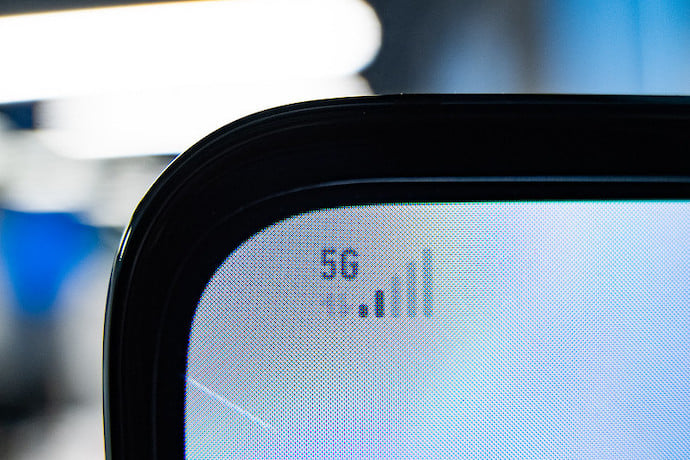As the world moves from 4G to 5G, people are enjoying faster download speeds on their mobile phones. The thing is, what is a “G,” anyway? Why did it take so long to add another G to 4G and make it 5G? And how long will it be until we can add another one and get 6G?
As it turns out, the “G” doesn’t really mean a whole lot in technological terms. It does in the way that 5G is faster than 4G, but a “G” isn’t a direct representation of computing power. It’s not the same as, say, the gigabytes in RAM or the gigahertz in a processor; both of which are direct measurements of how capable the hardware is.
In fact, all the “G” stands for is — ready for this? — “Generation.” Yes, it’s that simple. 4G is the “fourth generation” of mobile data technology, and 5G is the “fifth generation.” Whenever cellular data technology advances a huge step, we christen it the next generation of technology. When this happens next, we’ll get 6G.
But hold on a minute. We have 4G, and we’re moving onto 5G. But if 4G is the “fourth generation,” that means there were three other generations before it, right?
You don’t need to look too hard to find 3G. The world used to use it as the primary way to go online with their phones, but when 4G arrived, 3G began looking really slow. Now 5G is out, and 3G is looking very, very slow — but it’s still around for people to use.
Before then, however, were the other generations. 0G is a term used for the very start of mobile phones, and it’s labelled “Generation 0” because it doesn’t use cellular data at all. Instead, these chunky phones used radiotelephone technology to call other people. These came into the scene around 1945, and lasted until the 1980s when 1G came in.
1G brought about the cellular technology that mobile phones use these days. These connect to data towers placed around the countries, and the range of each data tower is a “cell.” That’s why it’s a “cellular network” and why we had “cellphones.” 1G was pretty slow, clocking in at 2.4 kbps. It also used an “analog” data signal to send information.
2G was a lot faster at 64 kbps, but it was still slow to modern standards. 2G rolled out in 1991, and used a digital data signal instead of analog. The digital format resulted in less errors and allowed calls to be digitally encrypted, so it was a lot better than 1G.
So there you have it. A 5G connection isn’t just five Gs slapped together; in fact, it’s the fifth version of the technology that helps connect us together. As such, who knows what 6G will look like? Guess we’ll have to wait and find out!
Learn More
All the generations
http://net-informations.com/q/diff/generations.html
List of Mobile phone generations
https://en.wikipedia.org/wiki/List_of_mobile_phone_generations
What do 1G, 2G, 3G, 4G and 5G really mean
https://commsbrief.com/what-do-the-terms-1g-2g-3g-4g-and-5g-really-mean/
Mobile Wireless Communication Technology Journey
https://www.linkedin.com/pulse/mobile-wireless-communication-technology-journey-0g-mutabazi/
Which Country uses a 7G network?
https://www.crowdyhome.com/which-country-uses-a-7g-network/
What is 6g and how fast will it be?
https://www.digitaltrends.com/mobile/what-is-6g/
New iPhones part of 5g push
https://www.reuters.com/technology/apple-expected-unveil-new-iphones-part-5g-push-2021-09-14/
Key elements for 5g networks
https://www.sdxcentral.com/5g/definitions/key-elements-5g-network/
Explaining 5G to kids
https://www.youtube.com/watch?v=Sj3Es8UhL-g

